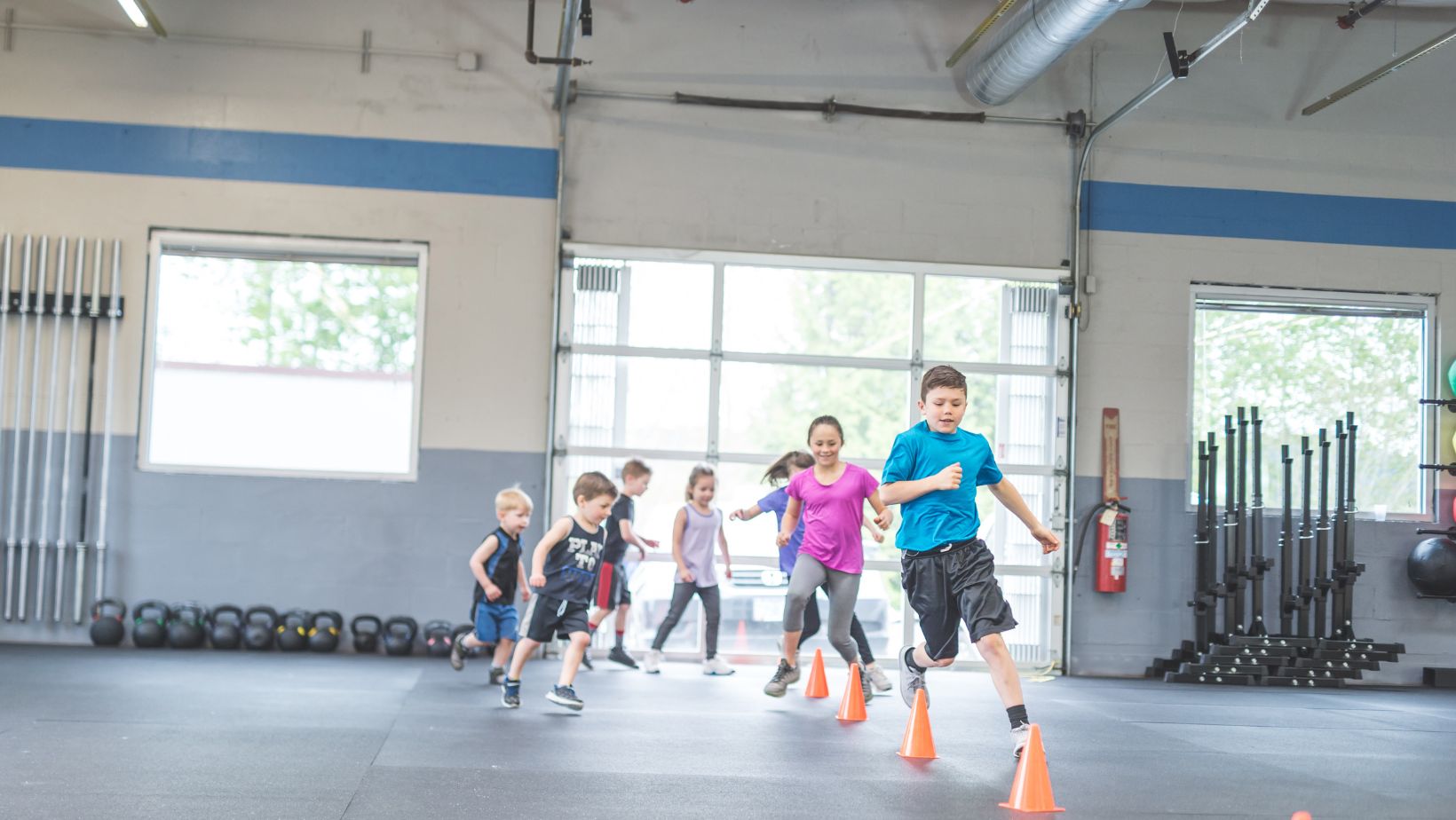In today’s digital age, it’s increasingly common to see children slouched over screens for extended periods. This trend can lead to poor posture, which if not addressed, might affect their overall health and confidence. Fortunately, there are several fun and engaging ways to help improve your child’s posture without constantly reminding them to “sit up straight”. Here’s how you can support your child in developing good posture habits naturally.
Lead by Example
Children often mimic the behaviours of adults. If you maintain good posture, your child is more likely to adopt similar habits. Make a conscious effort to keep your back straight and shoulders back when sitting, standing, or walking. By setting a positive example, you can teach your child about good posture indirectly.
Engage in Physical Activities
Physical activity is not only essential for overall health but also plays a critical role in improving posture. Activities that strengthen the core and back muscles are particularly beneficial. For instance, consider enrolling your child in dance classes. Dance classes Castle Hill offers are an excellent way to encourage movement and body awareness, which are key to developing good posture.
Create an Ergonomic Study Space
Children spend considerable time studying or engaging in creative activities at their desks. Ensure that their study space is ergonomically set up to promote good posture. The chair should support the lower back and allow feet to rest flat on the floor or on a footrest. The desk height should enable elbows to be at a 90-degree angle. Investing in ergonomic furniture can significantly impact your child’s posture over time.
Introduce Fun Posture Games
Turn posture improvement into a game to make it more engaging for your child. You could create a game where they pretend to balance a book on their head while walking. This not only makes posture practice fun but also improves balance and muscle control. Another idea is to have posture checkpoints throughout the day where they can earn points or stickers for good posture.
Use Technology Wisely
While excessive screen time is often linked to poor posture, technology can also be a tool for improving it. There are apps available that can help track posture and send reminders to adjust positioning if slouching is detected. However, it’s important to balance screen time with physical activity and ensure that devices are used at eye level to prevent neck strain.
Encourage Regular Breaks
Sitting or standing in the same position for too long can be detrimental to posture. Encourage your child to take regular breaks during study sessions or long periods of screen time.

A quick walk, some stretching, or a short physical activity can reset their posture and help keep their energy levels up.
Practice Yoga or Pilates
Yoga and Pilates are excellent for improving posture because they focus on core strength, flexibility, and body awareness. These practices teach control and precision, with an emphasis on alignment and balance. Starting yoga or Pilates at a young age can build a foundation for good posture that lasts a lifetime.
Discuss the Benefits of Good Posture
Education is a powerful tool. Discuss with your child why good posture is important. Explain how it helps with breathing, concentration, and even self-esteem. Understanding the benefits can motivate your child to pay more attention to their posture without feeling like they’re being nagged.

Improving your child’s posture doesn’t have to be a constant battle of reminders. By integrating these strategies into daily routines and making posture improvement fun and rewarding, you can help your child develop better habits effortlessly. Over time, these habits can enhance their physical health and overall wellbeing, setting them up for a healthier, more confident future. Remember, the key is consistency and making posture a part of their daily life rather than a chore to be nagged about. So, next time you see your child slouching, instead of a reminder, try one of these engaging methods to guide them back to good posture.
